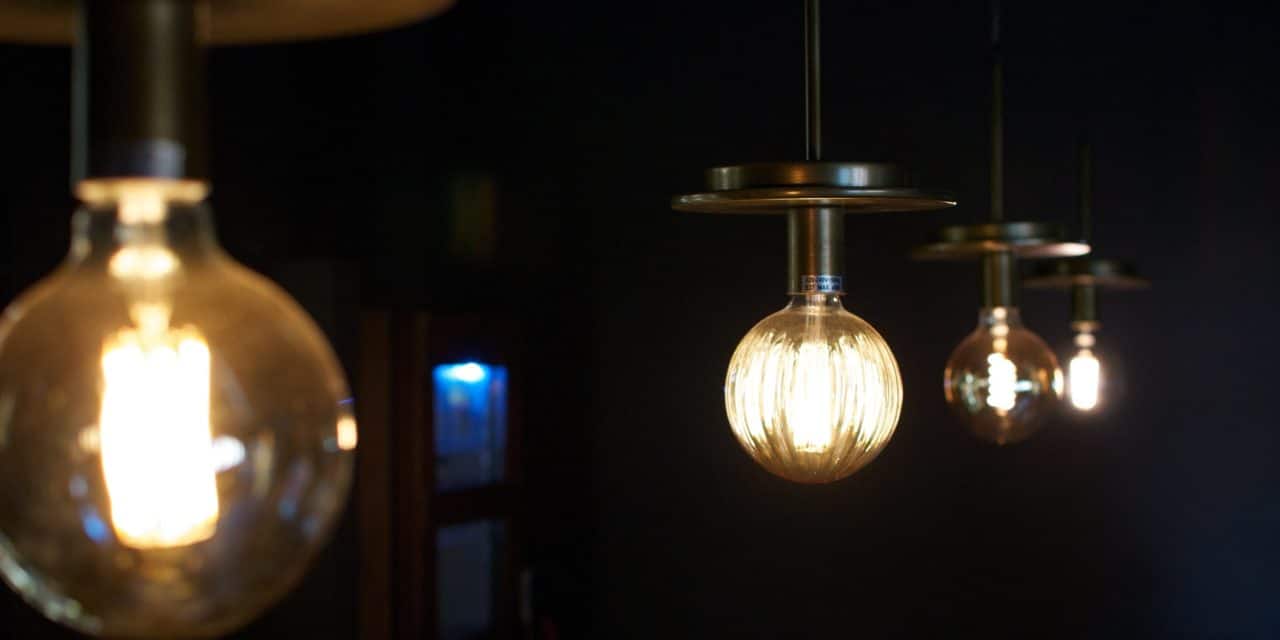[ad_1]
Light Emitting Diode is a technology that produces light with the use of a semiconductor source. These LED bulbs are very small in size and are usually grouped together to produce a single bright light source. With this unique lighting system, a lighting designer can add or mix full-spectrum colors to produce white light.
LED bulb is more advantageous than halogen and incandescent power because it is safer, energy efficient and more flexible with regard to colored lighting as it can be dimmed or brightened to meet specific lighting requirements.
The RGB (letters stand for Red, Green and Blue) LED Tape refers to the light colors streaming out of a LED lighting system. The RGD LED device provides a means of controlling or changing colored lighting for indoor and outdoor requirements. The benefits of using RGB LEDs are:
• low power consumption,
• long life,
• DIY features for customizing control panels, and
• Perfect weather-proof lighting solution for outdoors.
By adding specific sets of interchangeable colors to outdoor landscape power, the RGB LED lighting can truly light up areas and spaces that would otherwise have been hidden.
Types
The main types of RGB LED Tape lighting are:
1. direct-view lighting,
2. linear lighting and
3. Wall-wash RGB LED lighting.
Direct view power as the name implies is a fixture that can be looked at directly and provides basic illumination to a specific space.
Linear power means lighting which can be bent or flexed like strip lighting. These flex strips can be fitted around any object shape like a curve or sphere to light it up.
Wall-wash is a box of lights that is used to cover an entire wall in light of any color. The only problem with this kind of lighting is that using one group of colors can cause uneven lighting; a simple solution would be to use several wall-wash strips to ensure even lighting.
A good amount of application forethought and planning is required before RGB LED systems can be installed. The crucial factors that determine usage and installation are:
• Aesthetics and interaction with existing space esp. Indoors,
• System cost,
• Number of control channels and cables,
• Power supply,
• Additional engineering and electrical modifications required, etc.
The RGB LED strips come in ‘Addressable' and ‘Non-Addressable varieties. In the Non-Addressable kind, strips of colors can be used and changed depending on the kind of setting required.
The Addressable ones are simply the most controllable and customizable LED strip lighting systems ever thought of. The trick here is to use them like the Non-Addressable ones but they can be customized further by adding a tiny chip in between each LED allow individual control of each LED. The downside to the Addressable RGB LED is that it is very expensive and to get the full benefit of the lighting systems, the need for a ‘micro-controller' is very essential.
The RGB Addressable LEDs are used for the most sophisticated and complex lighting projects and have the ability to function as art forms or objects on their own without the use of any other props.
[ad_2]
Source by Aman Tumukur Khanna


